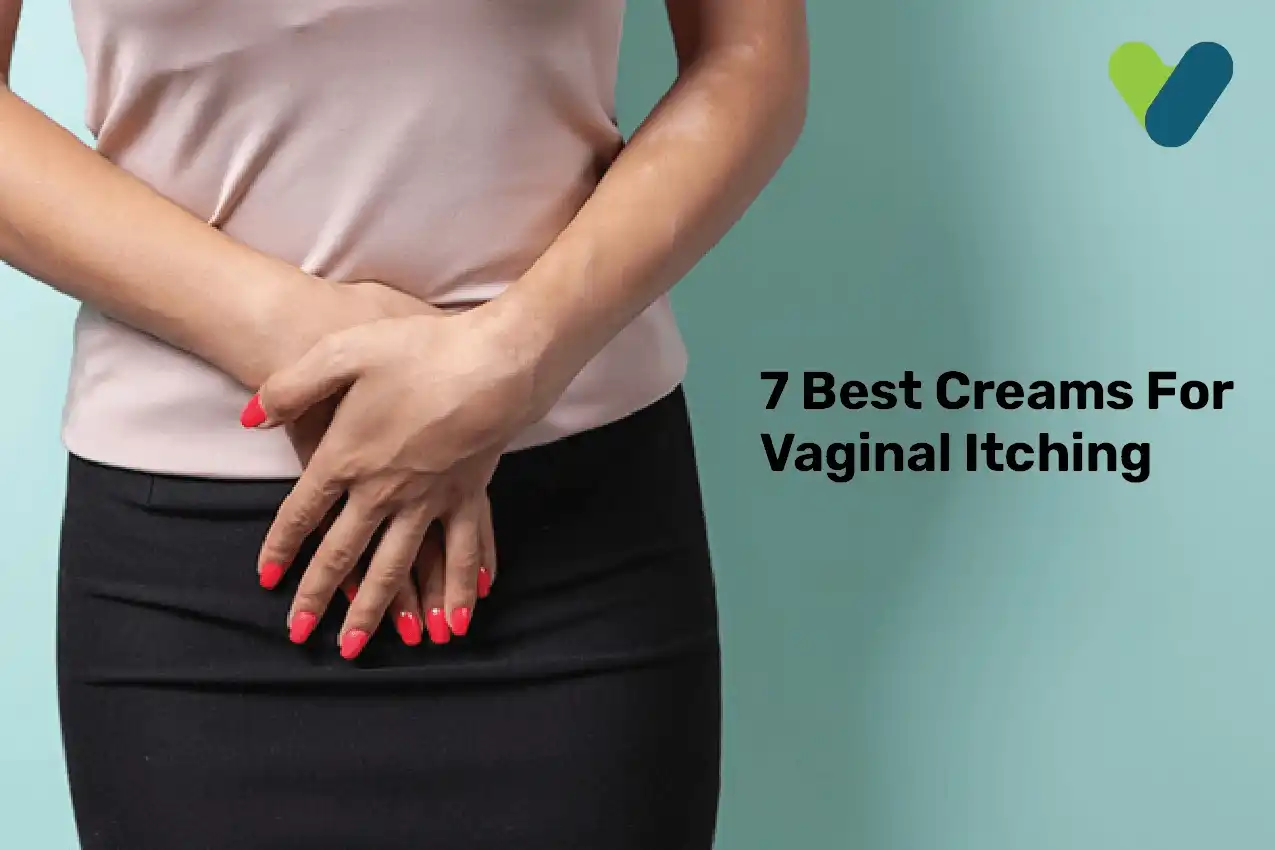Tick bites are trouble-free and harmless, only some will cause symptoms like inflammation, soreness of the skin or a color change. Ticks are a small group of arthropods that consume blood from animals for their survival. Some ticks may transmit bacteria that are responsible for various diseases, including Lyme Disease and Rocky Mountain Spotted Fever. A tick needs to get attached to a person’s skin for at least 36 hours to transmit Lyme disease. Let us read more about Tick Bites and their symptoms.
What are Tick bites?
Ticks are parasites that consume blood from the hosts (humans, animals, mammals, etc.) by biting them. Sometimes, a tick bite may produce several diseases including:- Lyme Disease
- Tularemia
- Rocky Mountain Spotted Fever
- Anaplasmosis
- Babesiosis
- Colorado Tick Fever
- Powassan Virus
- Southern tick-associated rash illness (STARI)
- Tick Paralysis
- Spotted Fever
- Relapsing Fever
- Heartland Virus
What are the different Types of Ticks?
Ticks are tiny parasites that have eight legs. They feed on warm-blooded hosts and get attached to them. They are so small that you can’t see them until they are attached to the hosts. After consuming blood from the hosts, they become larger. All ticks are not the same, some are larger and others could be reddish-brown. The common types of ticks are:3 Types of Ticks
- Blacklegged Ticks (often called deer ticks)
- Lone Star tick
- Dog Tick (American dog tick and brown dog tick)
Symptoms of Tick Bites
If you remove the tick before it can pass on any germs, you may not get any disease. You may only experience some reactions on your skin, like a rash or a small hard lump. The infection that you may get from tick bites could be responsible for the symptoms.Some common symptoms of tick bites are:
- Fever
- Chills
- Muscle pain
- Tiredness
- Itchiness or irritation
- Skin rash
What body parts are affected by a tick bite?
Though you may get tick bites at any place of your body, some preferred places are the areas that have ample blood and soft skin.- Your scalp and neck
- The areas between your legs
- Legs, especially behind your knees
- In your belly button
- In your ears
- Under your arms
- Around your waist
Tick Bite Treatment
- If the tick is fastened to your skin, remove it as early as possible.
- Wear gloves and grab the tick with clean tweezers. Remove the head and mouthparts of the tick. If some mouthparts persist, don’t remove them forcefully because your body will reject them naturally.
- Don’t twist the tick, just pull it steadily.
- Never try to discard the tick with a hot match or petroleum jelly. The trick may regurgitate diseased fluids into the wound.
- Keep the tick in an alcoholic container and show the doctor.
Cleanse and Protect the Area
Gently wash your infected area and clean the bite area with lukewarm water and mild soapConsult a Healthcare Provider
- Take consultation from a doctor if the tick has penetrated the skin or if you can’t remove the head, mouthparts and other parts of the tick.
- If it is a deer tick (especially found in the Northeast U.S. A), then your doctor will recommend a single dose of an antibiotic to help prevent Lyme disease.
- If you experience flu-like symptoms like fever, headache, nausea, vomiting and muscle aches, or rashes within one month after the bite, then visit a doctor or a healthcare center as soon as possible.
- If there is a lesion in the bite area within 30 days or a “bullseye” rash in which the center becomes clearer, then consult a doctor immediately.
Follow Up
Your doctor will suggest some antibiotics if you have symptoms of Lyme disease, Rocky Mountain spotted fever or another tick-borne disease.How to minimize the chances of getting a tick bite?
- Always wear the full-sleeve woven fabric as the ticks will get less area to target.
- Tuck your pants into your socks, shoes, or boots so that ticks don’t enter your legs.
- While travelling through jungle or grassy fields, stay near the center of the trails.
- Use insect repellents with 20% or more of DEET (N, N-diethyl-meta-toluamide) on exposed skin and clothing. You can treat your clothes with permethrin.
- While returning home check for ticks. Check especially your hair, body folds and inside your belly button, or behind your knees, legs, in or behind ears, underarms and your back.
- Don’t forget to check your pets.
- Keep your clothing in a hot clothes dryer for 15 minutes to kill ticks.
- After visiting the yard or hiking, take a shower.


